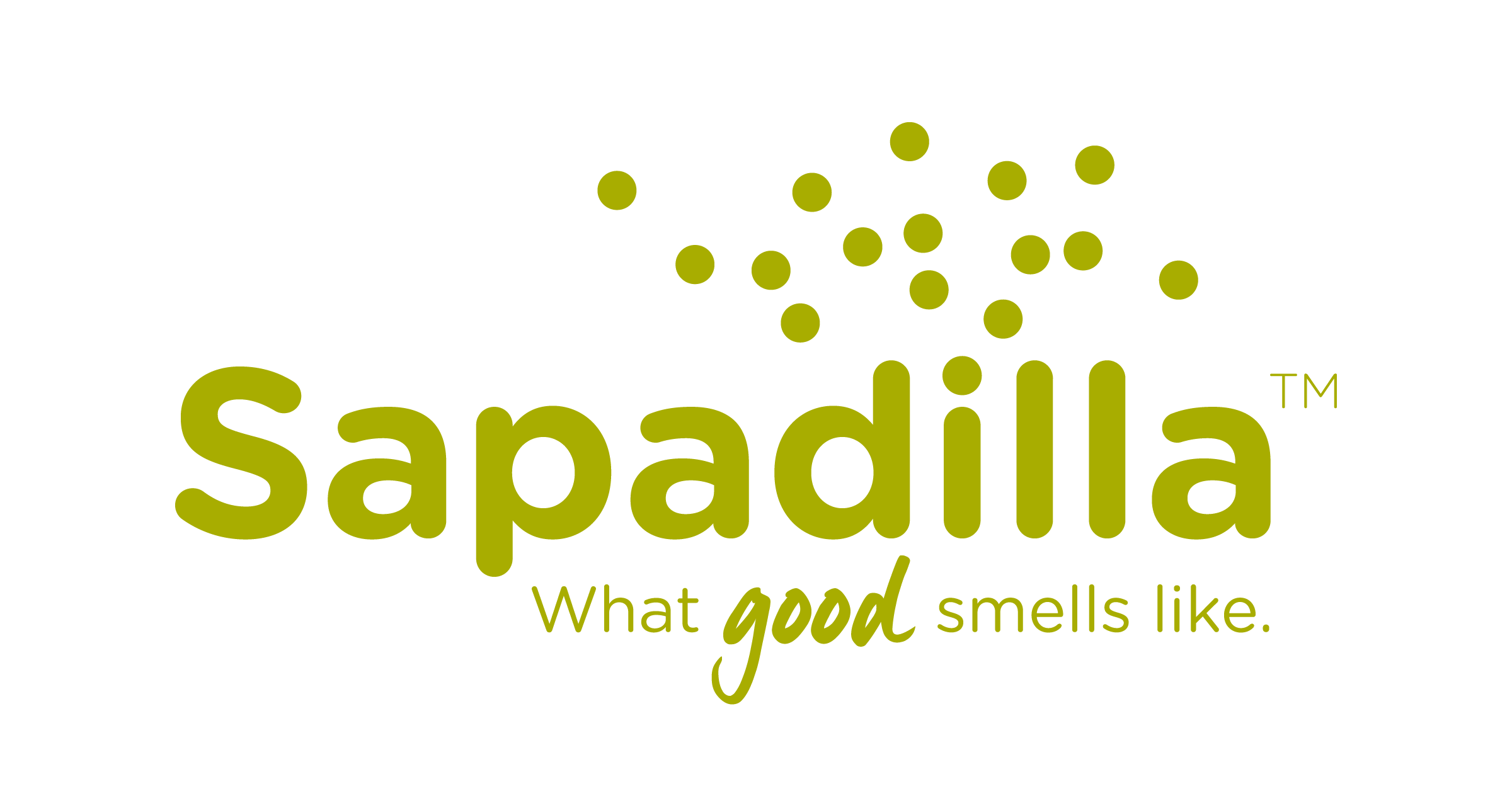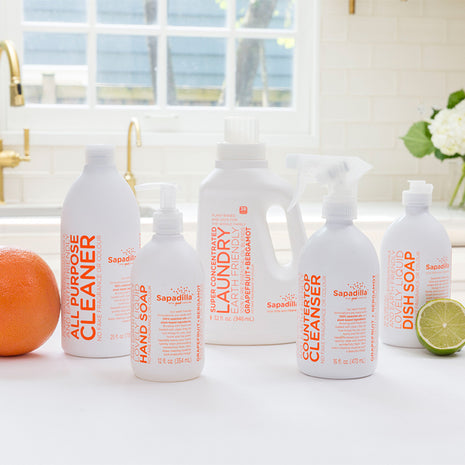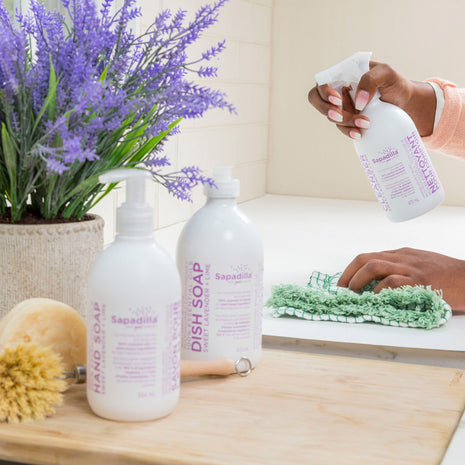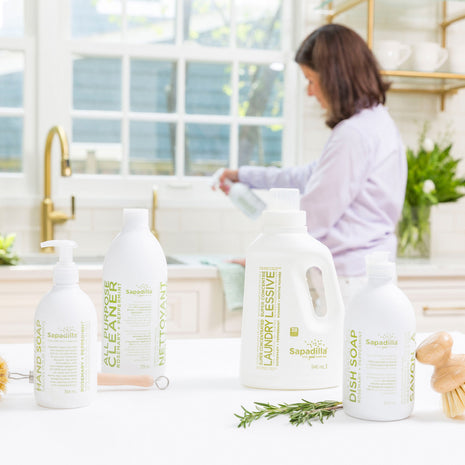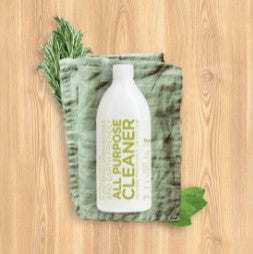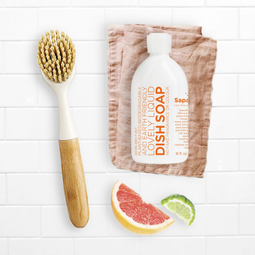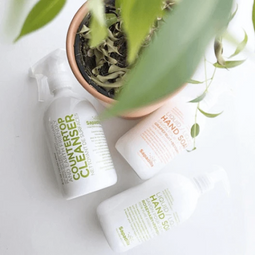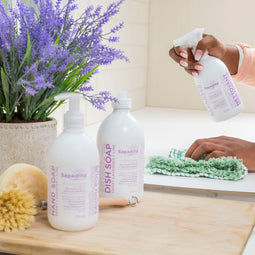Your kitchen is the heart of your home, but it can also be the grimiest and germiest place too.
Here are 5 of the dirtiest places in your kitchen and how to clean them.
Kitchen Sink
Is there ever a day we don’t use our kitchen sink? We wash fruits and vegetables, the dishes, and maybe even defrost tonight’s dinner. But did you clean your sink after defrosting that chicken? Just because your sink gets splashed with water doesn’t mean it’s clean. A quick wipe doesn’t do the job either. Our sinks require daily care to fight cross-contamination. Disinfecting them regularly will help keep them clean and clear of nasty germs.
The USDA recommends disinfecting your sink every night. If you defrosted poultry in your sink, they also recommend cleaning your sinks and countertops with hot, soapy water and then applying a sanitizer.
For a greener way to clean or unclog drains, the USDA recommends using a plunger to flush sink drains with a handful of baking soda and a half-cup of vinegar. Cover and allow to sit for 15 minutes. Pour in 2 quarts of boiling water (at least 100 °C or 212 °F), and the clog should disappear. If you’ve defrosted poultry in your sink, the USDA also recommends cleaning your sinks and countertops with hot, soapy water after and then apply a sanitizer.
Countertops
Countertops, like kitchen sinks, can become cross-contaminated. It’s not enough to keep them looking shiny and brand new. They need some TLC too – Tough Love and Cleaning, that is.
The EPA recommends cleaning your countertops after every use and sanitizing them with a sanitizer/disinfectant at the end of the day.
To keep your countertops looking great after every use, clean them with Sapadilla Countertop Cleanser. Just spray, wipe and breathe easy. This handy dandy, biodegradable, and earth-friendly formula works great for quick clean-ups all around your home but is a must-have in the kitchen. It’s perfect for cleaning sticky countertops, greasy grimy stovetops, and other kitchen surfaces.
It’s safe for use on non-porous surfaces, such as sealed synthetic or natural stone, laminate, tile, linoleum, finished wood, kitchen appliances, bathroom fixtures, etc. For natural stone, or if you’re unsure about a surface, test in an inconspicuous area first before cleaning it. To determine if a surface is sealed, put a drop of water on it. If the water beads, it’s sealed.
Kitchen Sponges
Kitchen sponges absorb liquids, cleans dishes, and other messes. But, these little versatile cleaning tools can sop up more than just spills. Their moist environment makes for the perfect breeding ground for potentially harmful microbes.
The USDA Agricultural Research Service recommends heating your sponges in the microwave for one minute or dishwashing them with a drying cycle to inactivate bacteria, yeast, and molds.
Cutting Boards
Cutting boards are notorious for cross-contamination. You should have two separate cutting boards in your kitchen - one for fruits and vegetables and another one solely for meats. The USDA Food Safety and Inspection Service recommend washing them with hot, soapy water after each use. Rinse them with clear water and air dry or pat dry with clean paper towels. For nonporous ones like acrylic, plastic, glass boards, and solid wood boards, these can be washed in a dishwasher (laminated boards may crack and split).
Salt and Pepper Shakers and Spice Containers
Did you clean your salt and pepper shakers after preparing your meal? Do you regularly clean them at all? Can you even remember the last time you cleaned them?
In an experiment conducted by the USDA Food Safety and Inspection Service, 48% of their control group contaminated the spice containers. So next time, give your salt and pepper shakers and your spice containers a good wipe with disinfecting wipes after every use. Clean them thoroughly every week.
About Sapadilla
Now washing up and cleaning will hardly seem like a chore. Sapadilla’s nice little eco-cleaners and soaps are plant-based, biodegradable, and earth-friendly, so they're safe for you, your home, and our planet. Make clean smell good with products that are bursting with freshness and loaded with clean. Make your home a Sapadilla home today!
References
“Washing Raw Poultry: Our Science, Your Choice.” USDA, USDA.
“Natural Resources Conservation Service.” USDA Natural Resources Conservation Service, United States Department of Agriculture.
Durham, Sharon. “Best Ways to Clean Kitchen Sponges : USDA ARS.” USDA ARS, USDA ARS, 22 Aug. 2017.
“Cutting Boards and Food Safety.” USDA Food Safety and Inspection Service, USDA.
“Food Safety Consumer Research Project: Meal Preparation Experiment Related to Thermometer Use.” USDA Food Safety and Inspection Service, USDA, May 2018.
